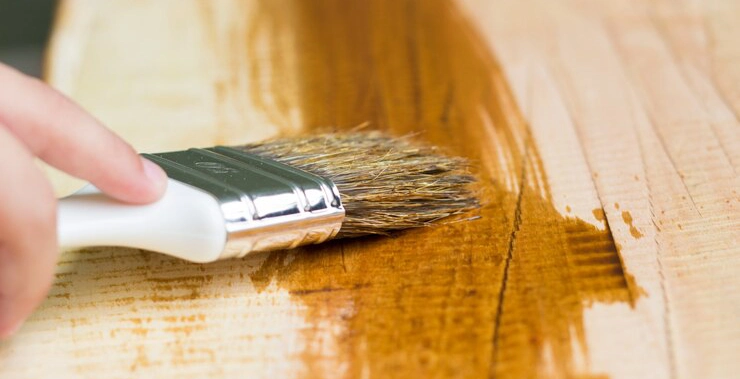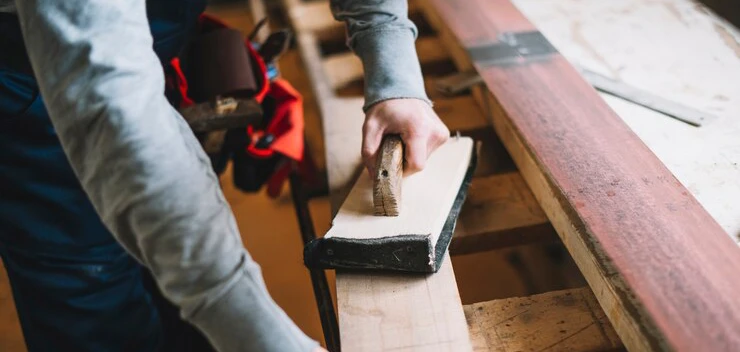Timber Staining
Timber staining is a popular technique used to enhance the natural beauty of wood while providing protection against wear and the elements. This versatile process allows homeowners and builders to achieve a wide range of colors and finishes, making it a valuable choice for both interior and exterior applications.
Benefits of Timber Staining
1. Enhancing Aesthetics
Timber staining is an excellent way to bring out the unique grain patterns and textures of wood, creating a visually appealing surface that complements any decor style.
2. Protection from the Elements
Staining provides a protective barrier that shields wood from moisture, UV rays, and temperature fluctuations. This extends the life of the wood and reduces the risk of rot and decay.
3. Customization Options
With a variety of stain colors and finishes available, timber staining allows you to tailor the appearance of your wood to suit your preferences and design goals.
Types of Timber Stains
1. Penetrating Stains
Penetrating stains are absorbed into the wood, enhancing its natural beauty while allowing the grain to show through. They come in oil-based and water-based options, offering different levels of durability and environmental friendliness.
2. Film-Forming Stains
Film-forming stains create a protective film on the wood's surface, often used for a glossy or satin finish. These stains are more resistant to wear and provide a high level of protection.
3. Solid Color Stains
Solid color stains are like paint but allow the wood's texture to show through. They offer excellent protection and are ideal for covering imperfections in the wood's appearance.
Timber Staining Process
1. Surface Preparation
Before staining, it's essential to prepare the wood's surface by sanding, cleaning, and removing any existing finishes or contaminants.
2. Staining Application
Apply the chosen stain using a brush, roller, or sprayer, following the manufacturer's instructions. Multiple coats may be necessary to achieve the desired color and depth.
3. Sealing
Once the stain has dried, sealing the wood with a clear finish is essential. This not only enhances the stain's longevity but also provides additional protection.
Maintaining Stained Timber
1. Regular Cleaning
Maintaining stained timber involves regular cleaning to remove dirt and dust. Use a mild detergent and water for interior surfaces and a wood-friendly cleaner for outdoor applications.
2. Periodic Refinishing
Over time, stains can fade or wear away, especially in high-traffic areas or under harsh weather conditions. Periodic refinishing with a fresh coat of stain and sealer can revitalize the wood's appearance and protection.
3. Protecting from Sunlight
Direct sunlight can cause stains to fade over time. Consider using blinds or curtains to protect stained timber indoors, and use UV-resistant finishes for outdoor applications.
In conclusion, timber staining is a versatile and beneficial technique that enhances wood's natural beauty, provides protection, and offers customization options for various applications. Understanding the types of stains, the staining process, and proper maintenance can help you make the most of this valuable wood enhancement method.


